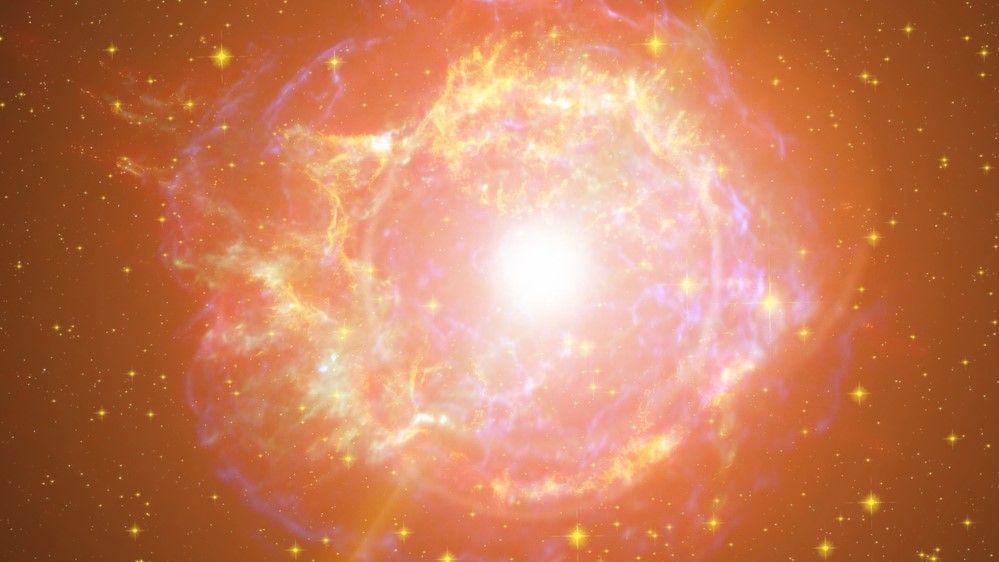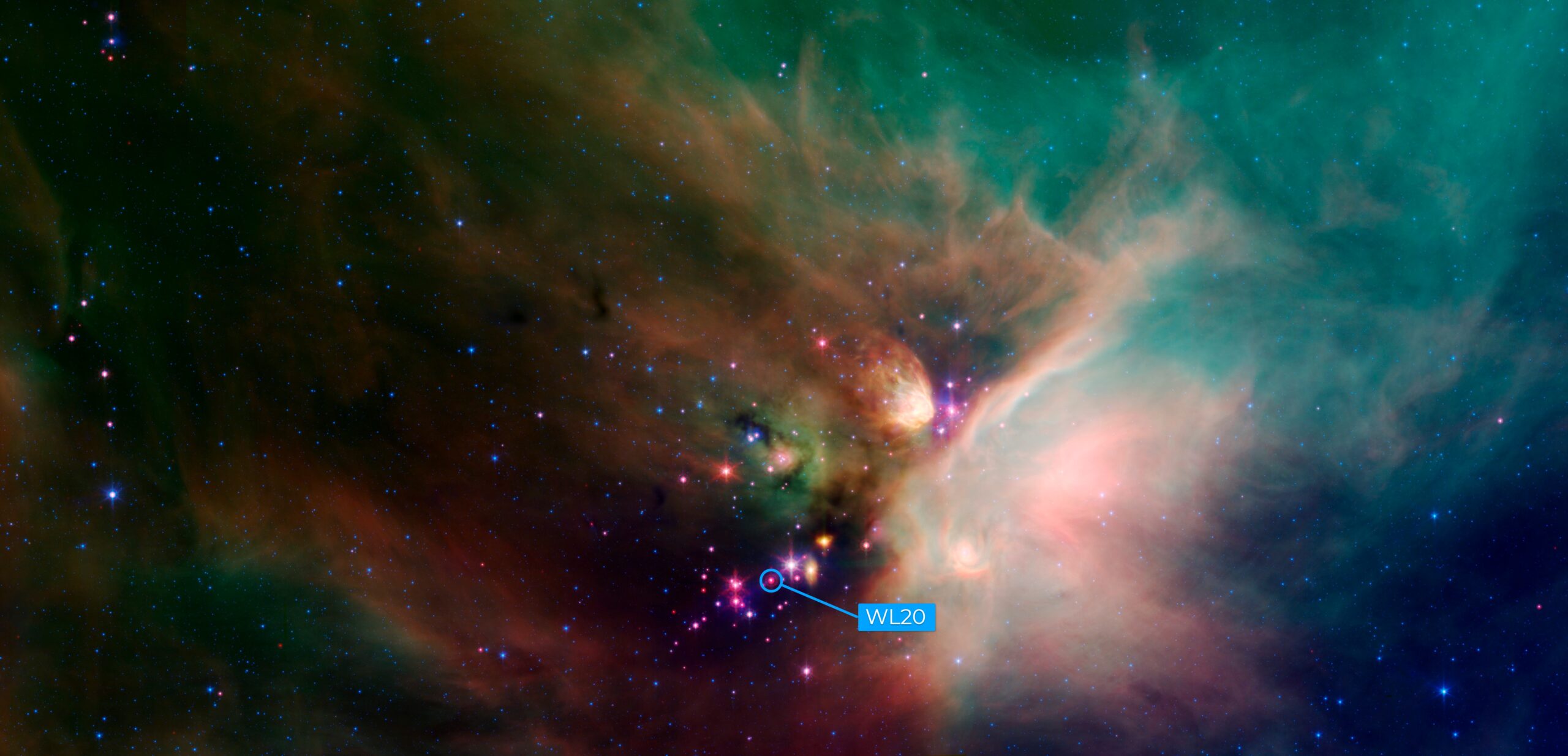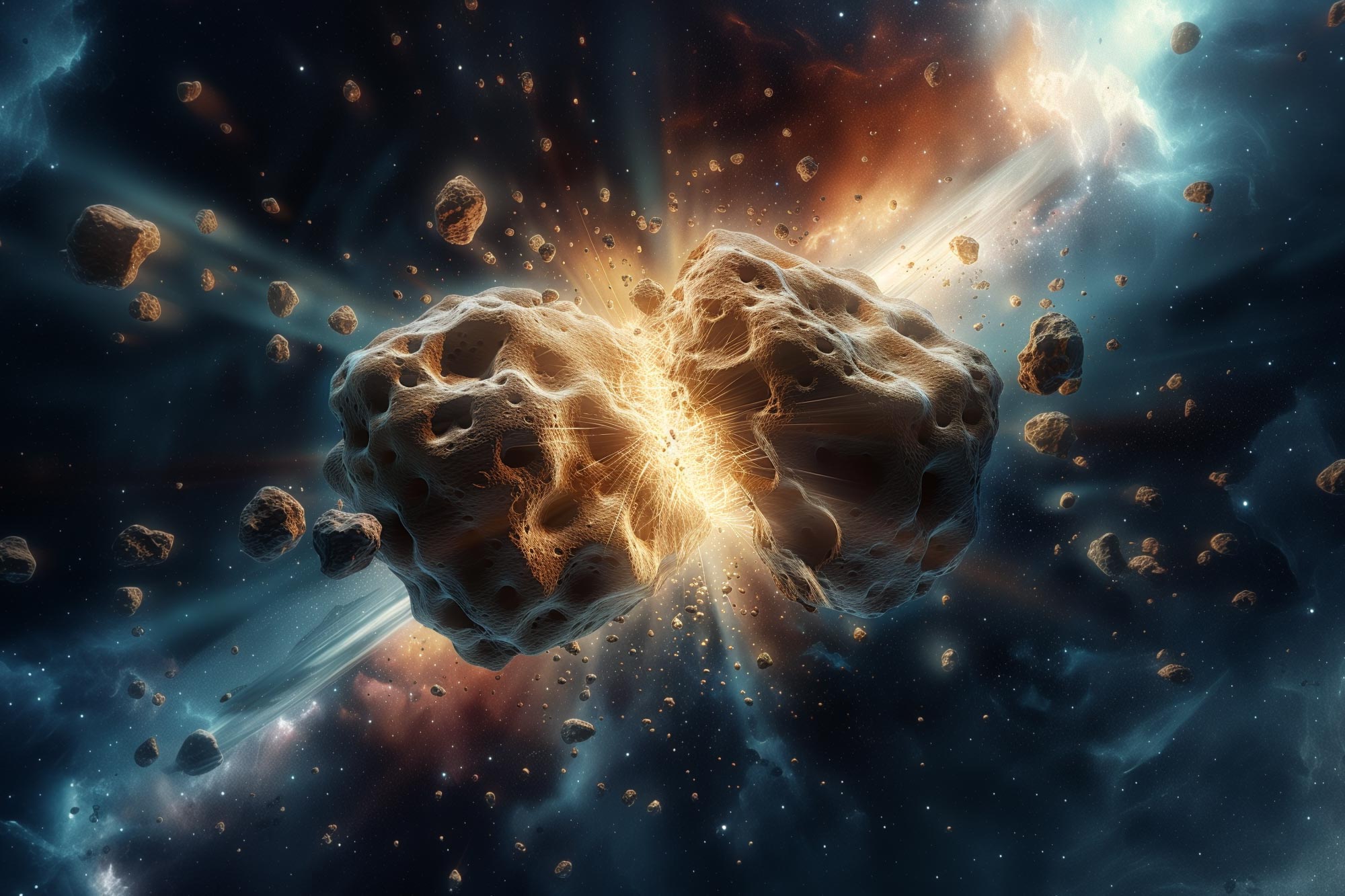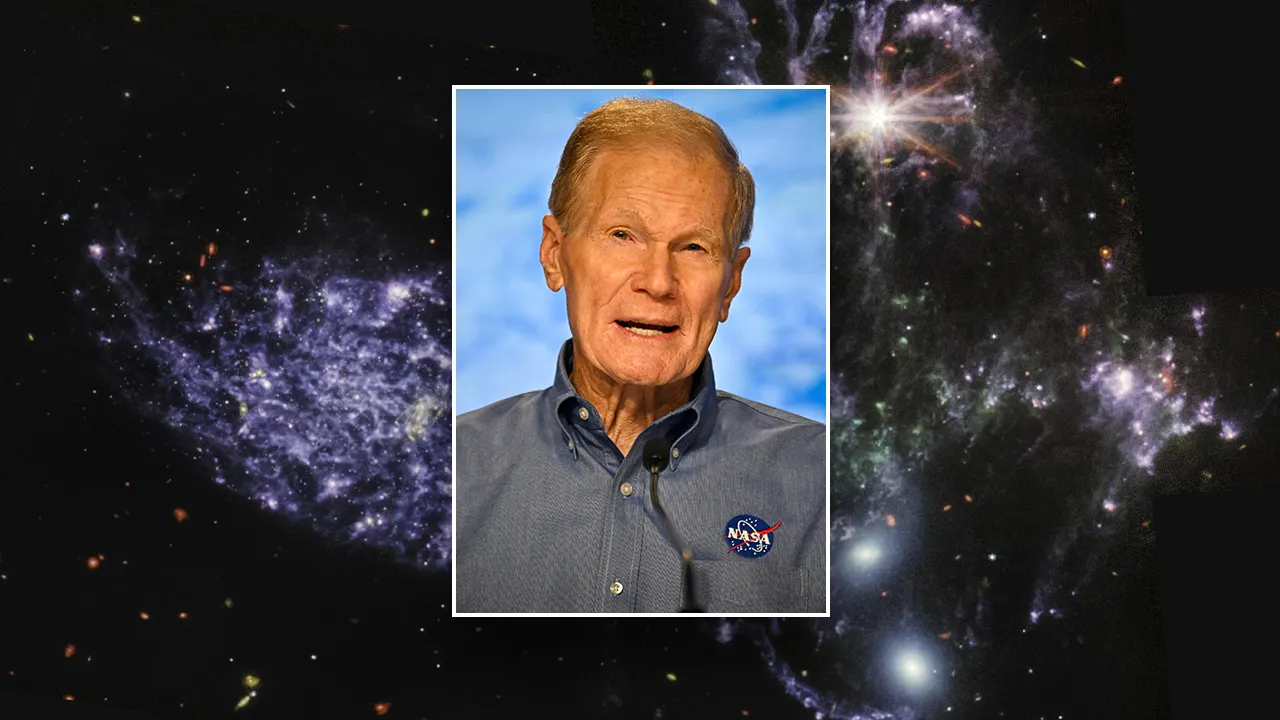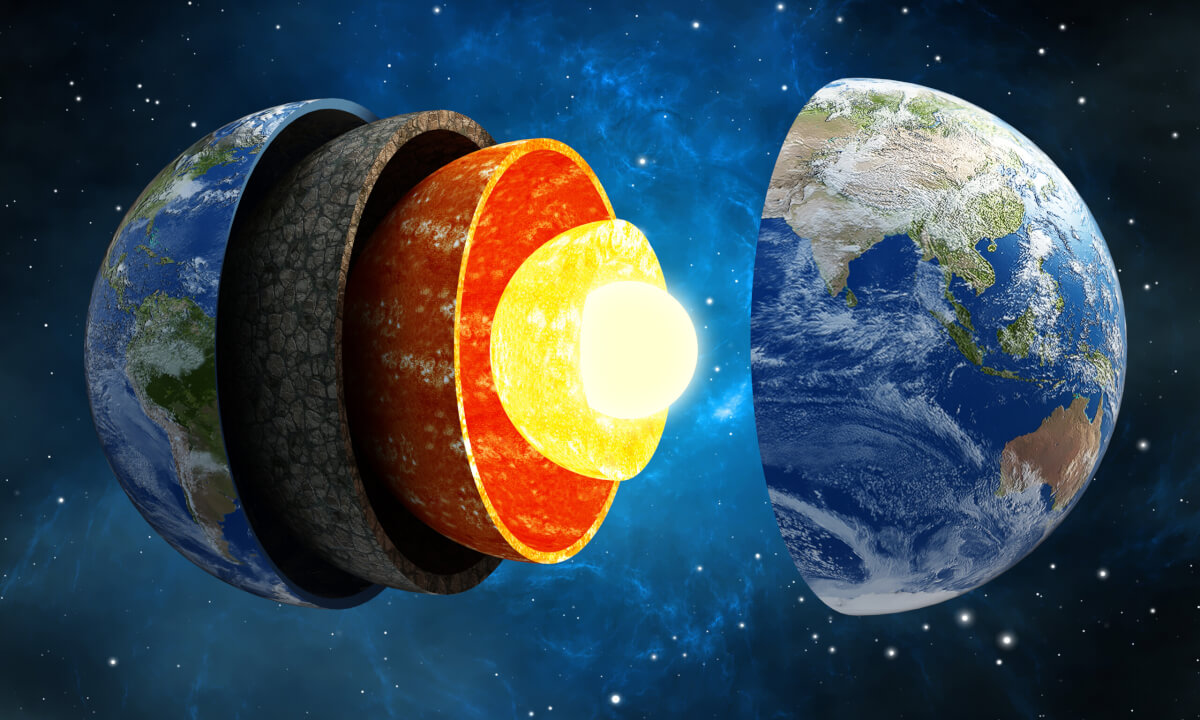The James Webb Telescope detects the most distant supernova ever seen
The James Webb Space Telescope has discovered the oldest and most distant supernova ever seen – a stellar explosion that occurred when the universe was only 1.8 billion years old. The ancient starburst was discovered among 80 others in a part of the sky that, from our perspective on Earth, is about the width of … Read more
